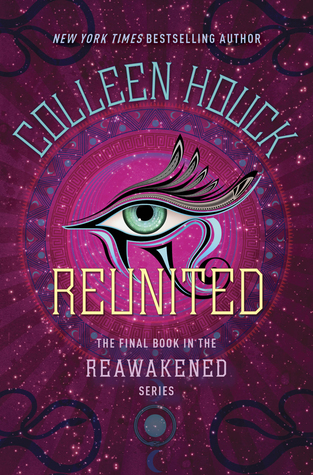Download links for: Can We Save the Tiger?. by Martin Jenkins


Reviews (see all)
Write review
I didnt like this book because it talked about my favorite animal getting hurt and becoming extinct.
Wonderful drawings and good information. It lays out what has happened without being preachy.
Beautiful illustrations are used to explain the plight of endangered and extinct animals.
Beautiful illustrations! I would love to have some of her animal prints!
SM
Other books by Middle Grade & Children's
Other books by Martin Jenkins
Related articles












